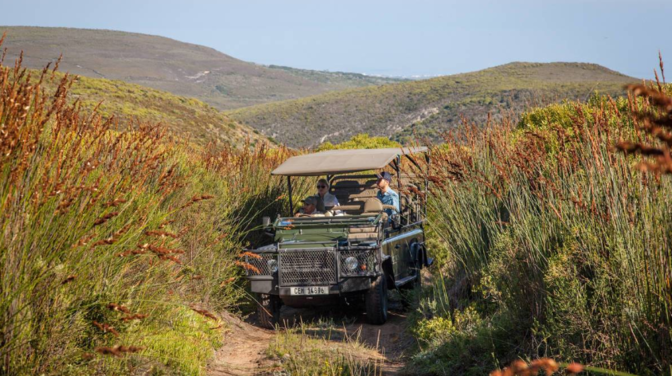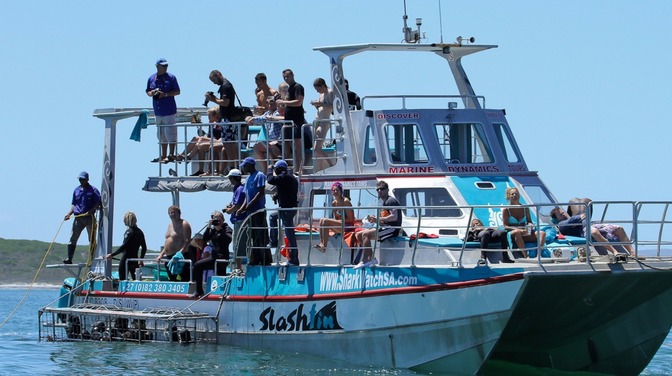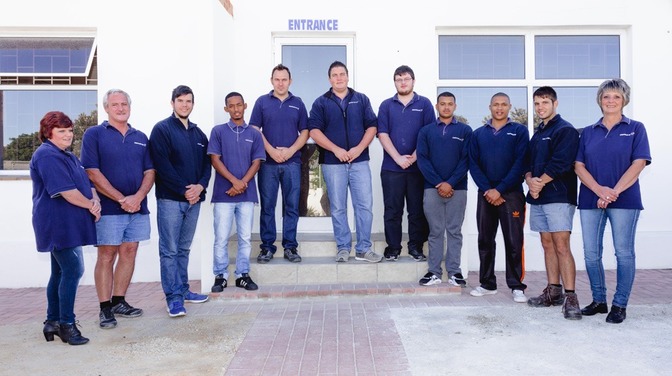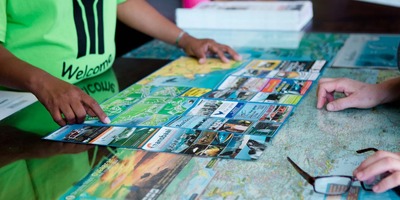Select a category
Woman and Children First
Of all the tens of ships that have, over the eons, floundered along Gansbaai's treacherous coastline, the HM Steamer or Trooper Birkenhead is by far the most famous. For various reasons, this sea tragedy that claimed the lives of an estimated 450 soldiers, marines and seamen in the early morning hours of 26 February 1852, has captured the imagination of people across the world and provided fertile soil for many a legendary tale and folklore.
From Ireland to South Africa
According to the most reliable sources and official documentation, the HM troopship Birkenhead left Cork in Ireland in December 1851 under the command of Captain Robert Salmond.
The vessel carried troops from ten different regiments, but predominantly from the 73rd Regiment of Foot, to the 8th Frontier War being waged against the Xhosa people in East London, South Africa. In total, there were an estimated 643 people on board - 138 ship's officers and crew, 480 army officers and drafted men, as well as a civil servant, 7 women and 13 children. Some horses (between 9 and 30 were recorded) were also aboard.
The 47 day passage from Cork to Simon's Bay was reportedly the fastest ever by any troopship at the time. The speed, combined with the fact that they sailed into a terrible North Atlantic winter storm, indicate the urgency of getting the reinforcements to the East Cape frontier. Reportedly, 4 women died and 3 babies were born during this strenuous passage. They arrived at Simon's Bay at about 10 am on Monday 23 February 1852. Two days later, at 18:00 on 25 February 1852, the trooper with her precious cargo left Simon's Bay in perfect weather to sail to Algoa Bay. To make good speed, Captain Salmond kept close to the shore (within 3 miles/4.8 km) and using the paddle wheels, maintained a steady speed of 8.5 knots.
Birkenhead Rock
At about 02h00 on 26 February, the Birkenhead struck a submerged rock off Danger Point. The lower deck was instantly flooded and several men drowned in their bunks. Chaos reigned and the panic-stricken passengers and horses frantically milled about in the darkness. All the soldiers were summoned to the deck, where Lt-Col Seton of the 74th Foot Regiment allegedly took charge of all the military personnel.
Rumour has it that captain Salmond's unfortunate order to put the Birkenhead astern resulted in the hull to rip open further. The sudden inrush of water swamped the boiler fires and the vessel began to break up. The funnel crushed the paddle-wheel lifeboat, killing the men who were trying to free it for launching. Eventually two cutters and a gig were launched and after the terrified horses were cut loose and thrown overboard, the women and children were rowed away from the wreck to safety.
The men were ordered to save themselves by jumping overboard and to make for the boats. Rumour has it that Lt.-Col Seton at this point commanded his men to stand fast, for fear that they would endanger the lives of the women and children in the boat. Most of the men honoured the command, although a few reportedly joined the women in the boat.
Water grave
The Birkenhead broke up rapidly. Twenty-five minutes after she struck the rock, only the topmast and topsail yard were visible above the water, with 50 men clinging to them. One of the survivors, captain GA Lucas, described the horrific events and the men's struggle to survive in a letter to his father that he wrote on 20 March 1852 while he was recuperating in Cape Town. Many of the men could not swim and tried to drown as fast as possible, while others clung to the two boats and pieces of wreck. Lucas was not yet 20 at the time.
He wrote:
"When I turned my head to look, I saw nothing but the mainmast and yard. The rigging was crowded with men. When I left the ship, many poor fellows in the 'Mizzen Rigging' must have been drowned at once."
Lucas was one of the estimated 193 people, including all the women and children, who were lucky enough to survive the tragedy.
A transcript of the letter, signed by Lucas himself on 17 July 1905, was found in the archives of Hilton College in Natal in 1994 by Dr Alan Kayle. After the Birkenhead disaster, Lucas settled in Natal where he became a magistrate and Chief Magistrate of Durban.
The Birkenhead has secured a place in history thanks to the bravery of her men, who, in the face of peril, stood fast to allow the women and children to escape in the boats before trying to save themselves. This "woman and children first" protocol has reportedly also been used in a previous shipwreck, but it only became standard naval protocol after the Birkenhead disaster.
Survivor Roll Call
In 1902, altogether 19 survivors of the Birkenhead disaster were found alive and well through wide-spread press coverage to commemorate the survivors on the 50th anniversary of the tragedy. The name of captain GA Lucas also appears on a roll call stating the names, titles and details of eleven of the survivors. The roll call was prepared on parchment and dispatched to King Edward VII together with a letter of explanation in 1902.
Ever since, a memorial service to commemorate the survivors and the men who lost their lives in the Birkenhead disaster is held on 25 and 26 February in various places. In Gansbaai, the 2-day event also includes a wreath-laying ceremony on Birkenhead Rock, followed by a small remembrance ceremony at sea.













